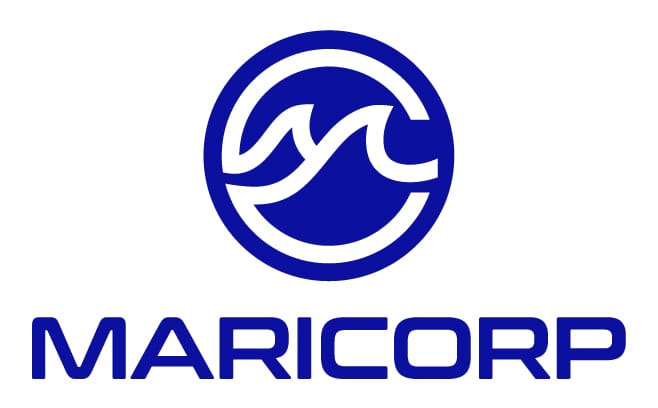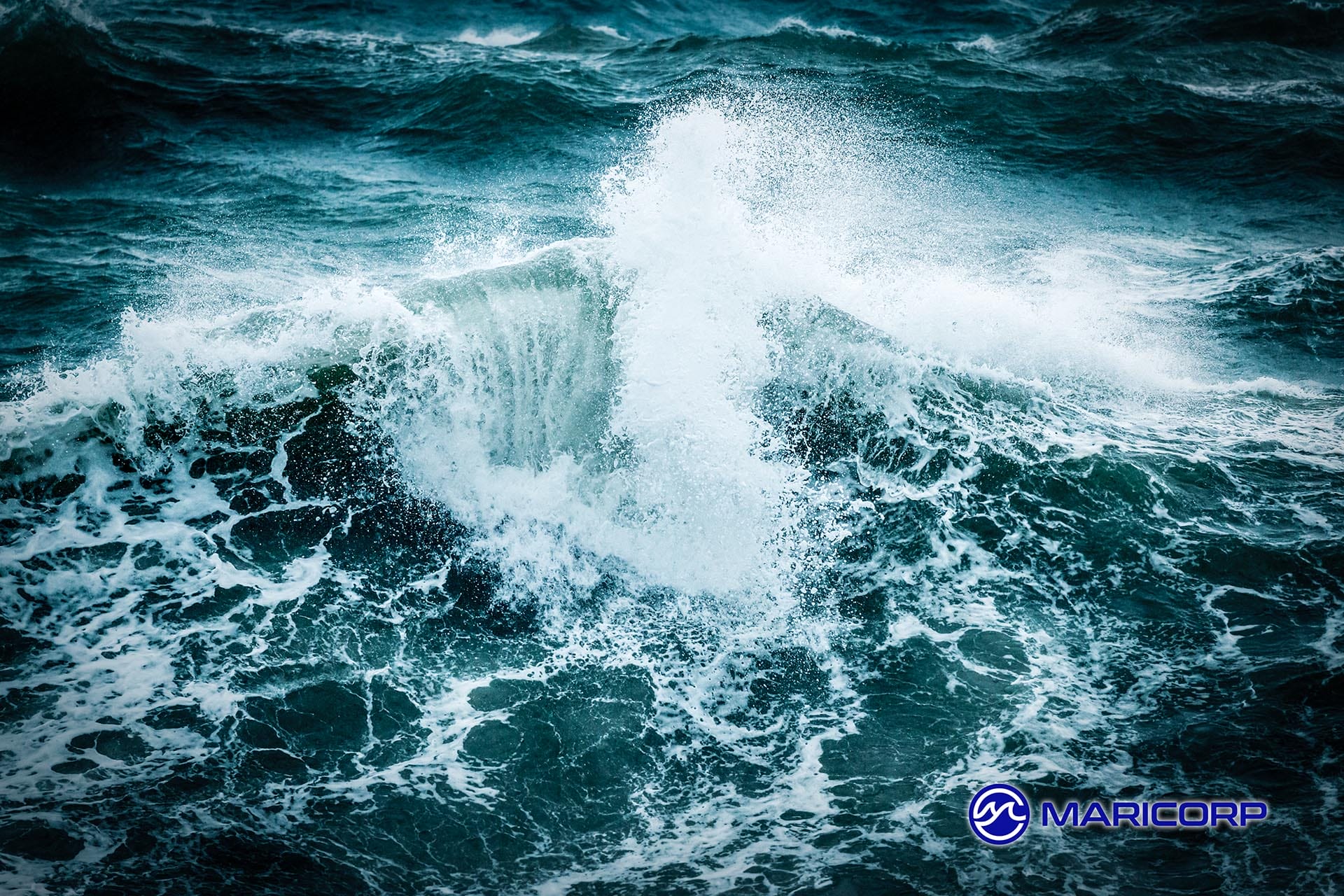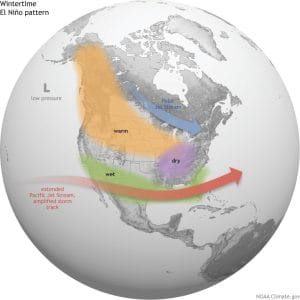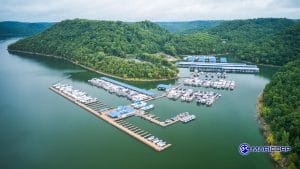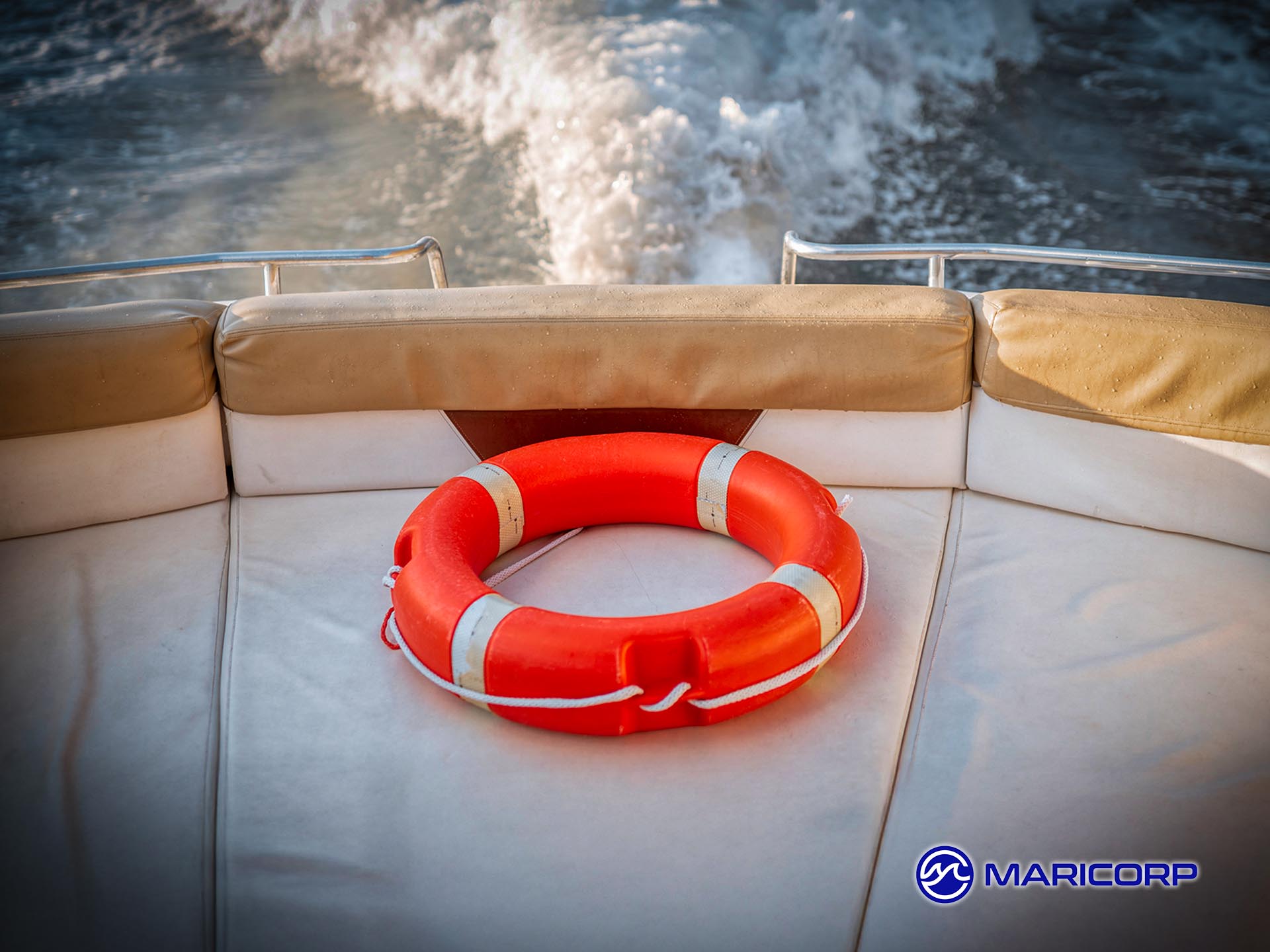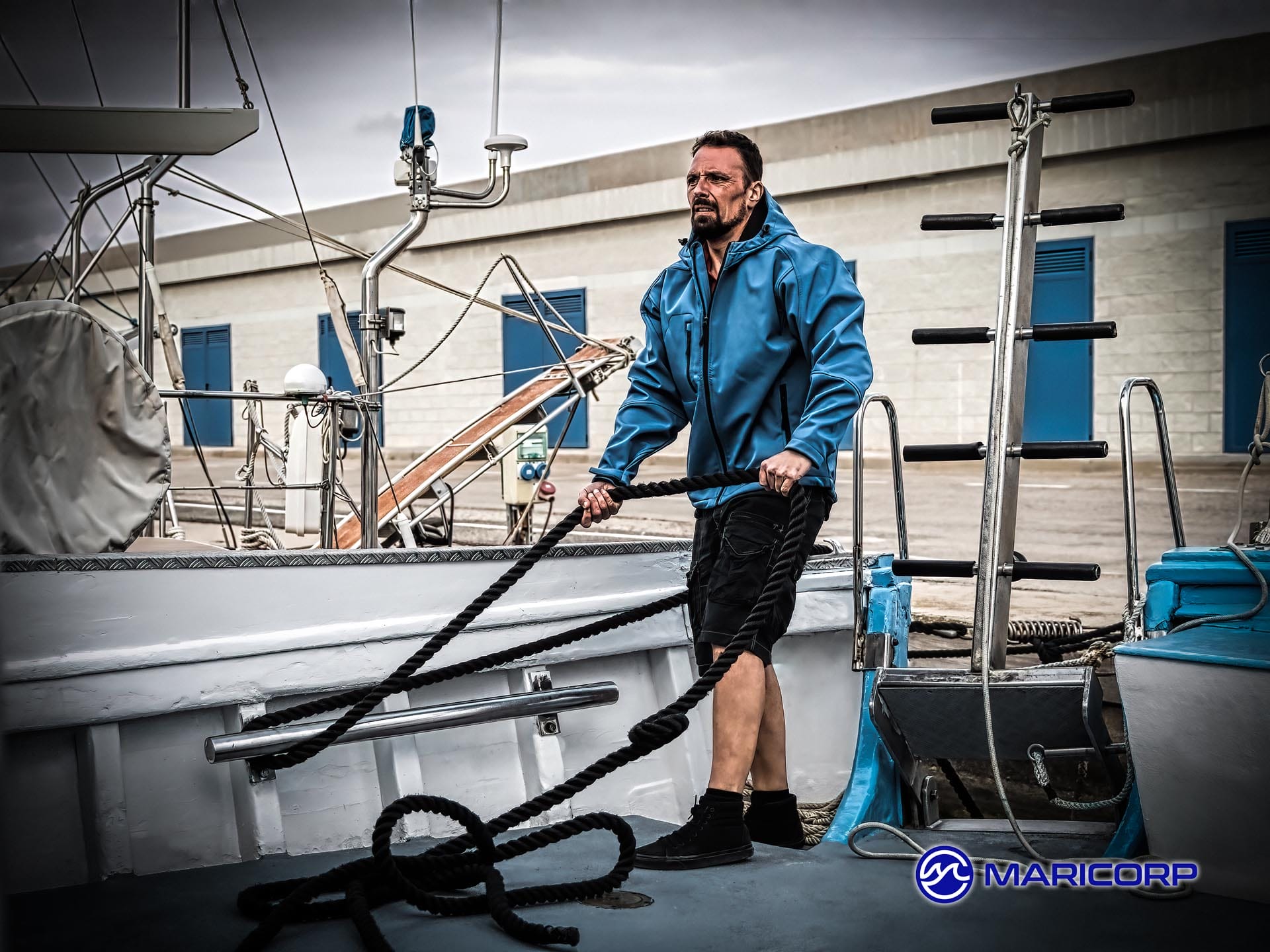PREPARING YOUR MARINA FOR EL NINO IN 2023
With certainty of an El Niño in 2023 exceeding 90% by all leading meteorological organizations, determining the impact of El Niño on US marinas can vary significantly depending on the region. El Niño is a climate pattern that describes the unusual warming of surface waters in the eastern tropical Pacific Ocean. While El Niño events can lead to some predictable outcomes, such as a wetter than usual winter in the southern U.S., it’s important to keep in mind that other climate patterns can also play a role, making it more difficult to predict specific outcomes with certainty.
Nevertheless, based on the generalized impacts of El Niño, here are a few potential consequences marinas should pay close attention to:
- Increased Precipitation: El Niño often leads to increased rainfall in certain parts of the U.S., especially in the southern states. This could result in higher water levels, which might be beneficial for marinas in drought-prone areas, but it could also lead to flooding, which can damage infrastructure and disrupt operations.
- Altered Water Temperature: El Niño can also lead to changes in water temperatures, which can impact local ecosystems and species, causing harmful algal blooms. This might affect the types of fish or other aquatic species marinas might see during an El Nino year, which can be a concern for marinas involved in sport fishing. Between 2004 and 2014 more than 100 game fish die-offs were recorded in Wisconsin (reflecting 6 El Nino events during that span).
- Storms and Weather Changes: El Niño can lead to an increased number of storms in certain regions. Strong winds and high waves can pose safety risks and cause damage to docks, boats, and other infrastructure.
To mitigate these impacts, marina owners can take several steps:
- Infrastructure Upgrades: Marina owners can ensure their infrastructure is resilient against potential weather-related damage. This includes ensuring docks and other facilities are built to withstand higher water levels and stronger storms (wind bracing, underwater bracing, extended gangways, additional float cages, and upgraded piling cages), and that there are adequate drainage systems to prevent flooding.
- Emergency Plans: It’s crucial to have an emergency plan in place for severe weather, including evacuation procedures for staff and patrons, and plans for securing or moving boats to protect them from damage.
- Insurance: Ensure adequate insurance coverage is in place to cover any potential damage caused by severe weather.
- Environmental Monitoring: Marina owners should also stay informed about weather forecasts and climate predictions. They can work with local environmental or weather agencies to monitor changes in water levels, temperatures, and weather patterns.
- Stakeholder Communication: Clear communication with marina customers about the potential impacts of El Niño, and any changes in policies or procedures as a result, can also be helpful.
Remember that each marina will face unique circumstances, and these suggestions might not cover every potential challenge. It’s a good idea to consult with professionals who understand the specific local environment and climate to develop a comprehensive preparation strategy.
More information:
- El Niño & La Niña (El Niño-Southern Oscillation)
- El Nino & La Nina Information
- Warmer Water Temps Could Mean Fewer Sports Fish
- Study Shows Warm Water Impacts Fish Size
Additional articles:
